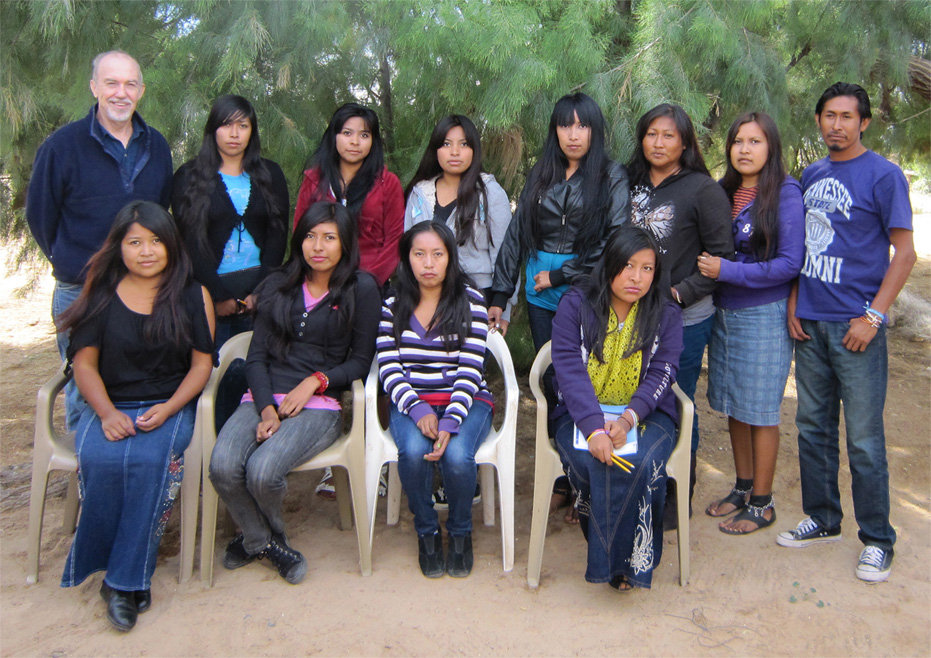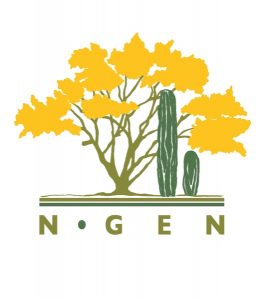Stephen A. Marlett
In the fall of 2013 and the spring of 2014 my wife Cathy and I spent about four months in the village of Desemboque. During those weeks I was teaching a group of students (about 15 in all, mostly in their 20’s) to videotape themselves interviewing the older members of the community (in the Seri language) about various topics, focusing on traditional marine resources, especially food (in part motivated by the fact that Cathy’s new publication, Shells on a Desert Shore: Mollusks in the Seri World pointed us in interesting directions). As part of the project, these young people also attended daily classes to learn to read and write their language as well as to learn about the grammar in explicit terms. They made incredible progress during those weeks, and had a good time doing it. The experience demonstrated to all that (a) the students were intelligent, (b) the language is readable and writeable by all, with a little training, (c) there is more to do in order to keep up the practice and to become even more proficient, and (d) they have a lot to learn from the older people. We made a little booklet on mollusks (in the genre of René Montaño’s books of riddles, see one on birds and one on lizards a http://lengamer.org/asoc/language.php?language=seri), and wrote a number of essays about mollusks based on the interviews that they had conducted (nearly 40 hours worth in total) that will be published on a picture calendar this year. About those essays — the students wrote them, read them, revised them, edited them, re-edited them, etc., usually as a group or a small committee. This was a great thing to watch happen. (And it does take some time.)
The older people in the community participated gladly with this project. I think they realize how much of the information is not being passed on very well, and this is an opportunity to do something for the young people. In this context, the younger person was showing interest and the recordings were being made for them and future generations. The young people, who performed very well in doing all of this, also realized how much they did not know about these things; their curiosity and their confidence grew as they learned names of things, explored topics, etc. Of course, the information simply flowed since it was being told in the language to people who were part of the culture and could ask good questions.
Outsiders may not realize how challenging it is to write a language that has little written tradition and which is (for all practical purposes) not taught in the schools nor in other venues. The experience of this project so far (it will continue later this year in Punta Chueca) shows that the young people can do brilliant things when given the opportunity and the right context. We hope that the training that they have received will be properly taken advantage of by other researchers. (We should prepare a list of those who are on their way to becoming the next generation of investigators and writers.)



